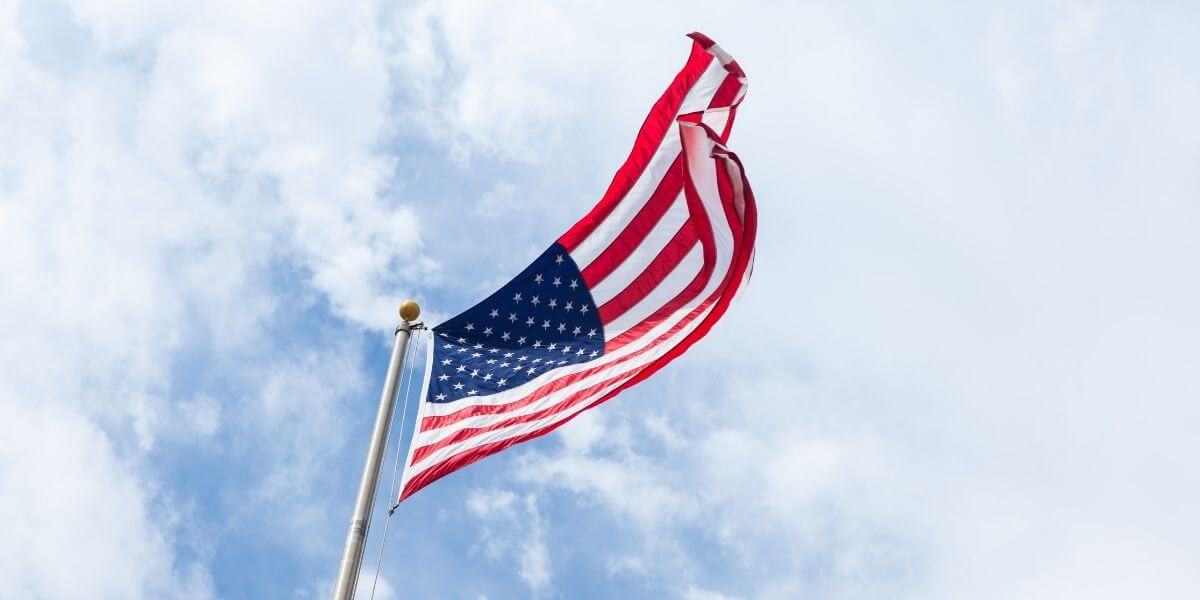Since former Governor Andrew Cuomo signed the initial New York Eviction Moratorium on March 20, 2021, New York State landlords have received little to no assistance from the New York State government. Landlords, many of whom rely on their income producing properties in order to pay their own mortgage, have been saddled with tenants who are over 18 months behind on rent, presumably most of whom have little to no intention to pay.
While New York State has gone above and beyond to extend already very generous protections afforded to tenants in New York State, landlords have been mostly left out in the cold.
During the initial eviction moratorium enacted by former New York State Governor Andrew Cuomo, one of the most controversial changes was the COVID-19 Tenant Hardship Declaration form. The COVID-19 Tenant Hardship Declaration form gave an individual facing eviction an automatic stay on their case until August 31, 2021; this has now been extended to January 15, 2022, so long as they alleged that they experienced some level of financial hardship as a result of the pandemic. These protections have largely been interpreted by judges to extend to any and all tenants, occupants, and licensees, much to the chagrin of the landlord community in New York State.
The inherent flaw with the Hardship Declaration form is the lack of enforcement or accountability on the part of the person facing eviction or removal. In theory, a lawful occupant, or tenant who simply did not want to pay their rent even though they continued to work full-time during the pandemic would be extended these same generous protections and be entitled to the same stay on their case. Some Courts have even construed these protections to extend to squatters or unlawful occupants who have shown they have resided in the property for substantial periods of time.
Under the new extension of the moratorium, landlords now have the right to request a hearing in order to determine the veracity of each individual claim of financial hardship experienced during the pandemic. Additionally, the extension of the moratorium provides more generous protections and avenues of removal for landlords who are experiencing disruptive or destructive tenants.
This is presumed to be short term fix while the New York State Legislature attempts to begin rolling approximately 2.7 billion dollars in emergency relief for both tenants and landlords under the Emergency Rental Relief Program (ERAP). These funds could potentially be a compromise, giving landlords some financial assistance for their income production, something which has been absent over the past year and a half.
Additionally, eviction moratoriums across the country have been heavily scrutinized and overturned by the Supreme Court of the United States for violating a landlord’s right to due process. The New York State legislature is presuming that these new carve-out protections such as the right to request a hearing to determine whether or not someone actually experienced hardship during the pandemic may be enough to withstand a challenge by the U.S. Supreme Court. Something that is almost guaranteed to be on the U.S. Supreme Court calendar by the end of year.







